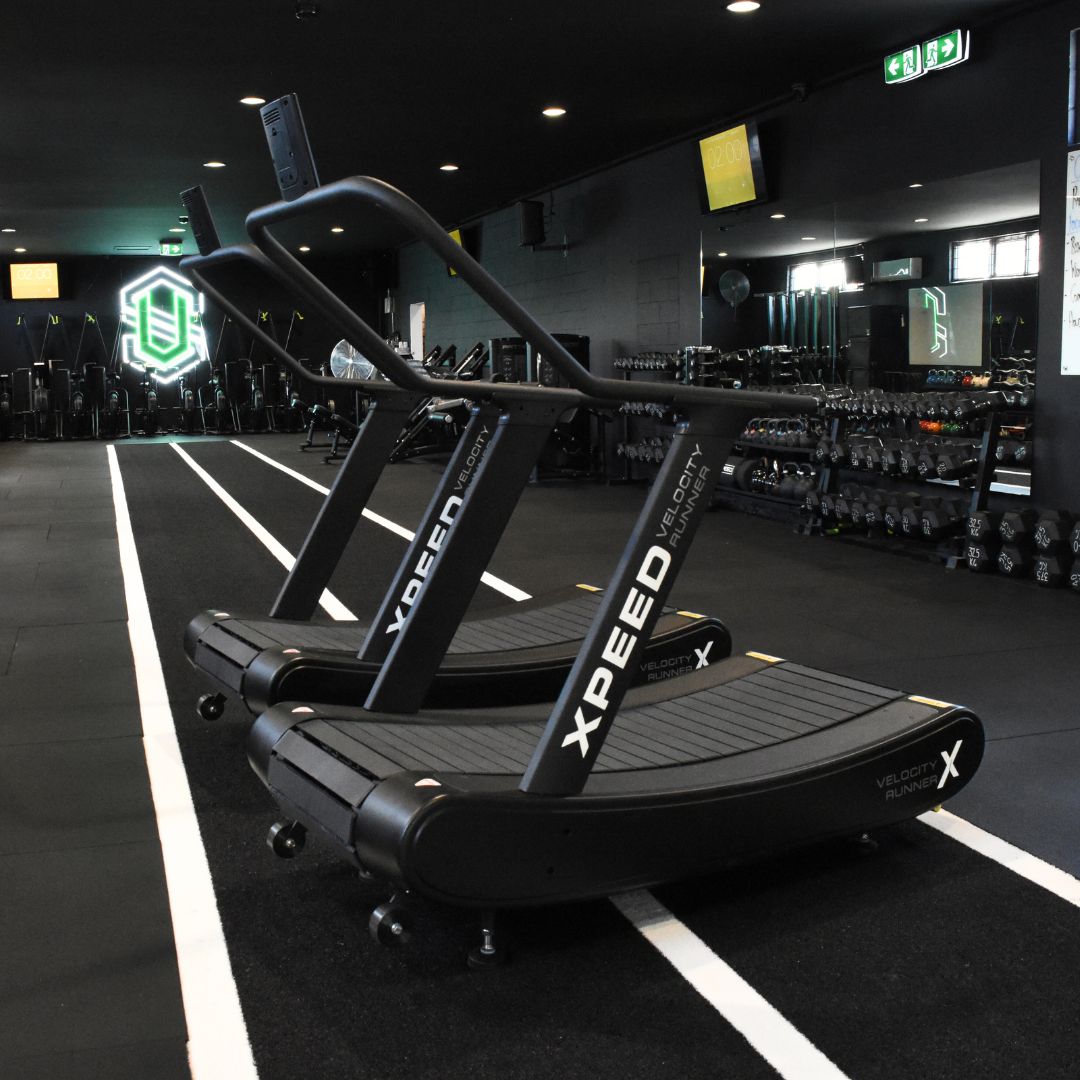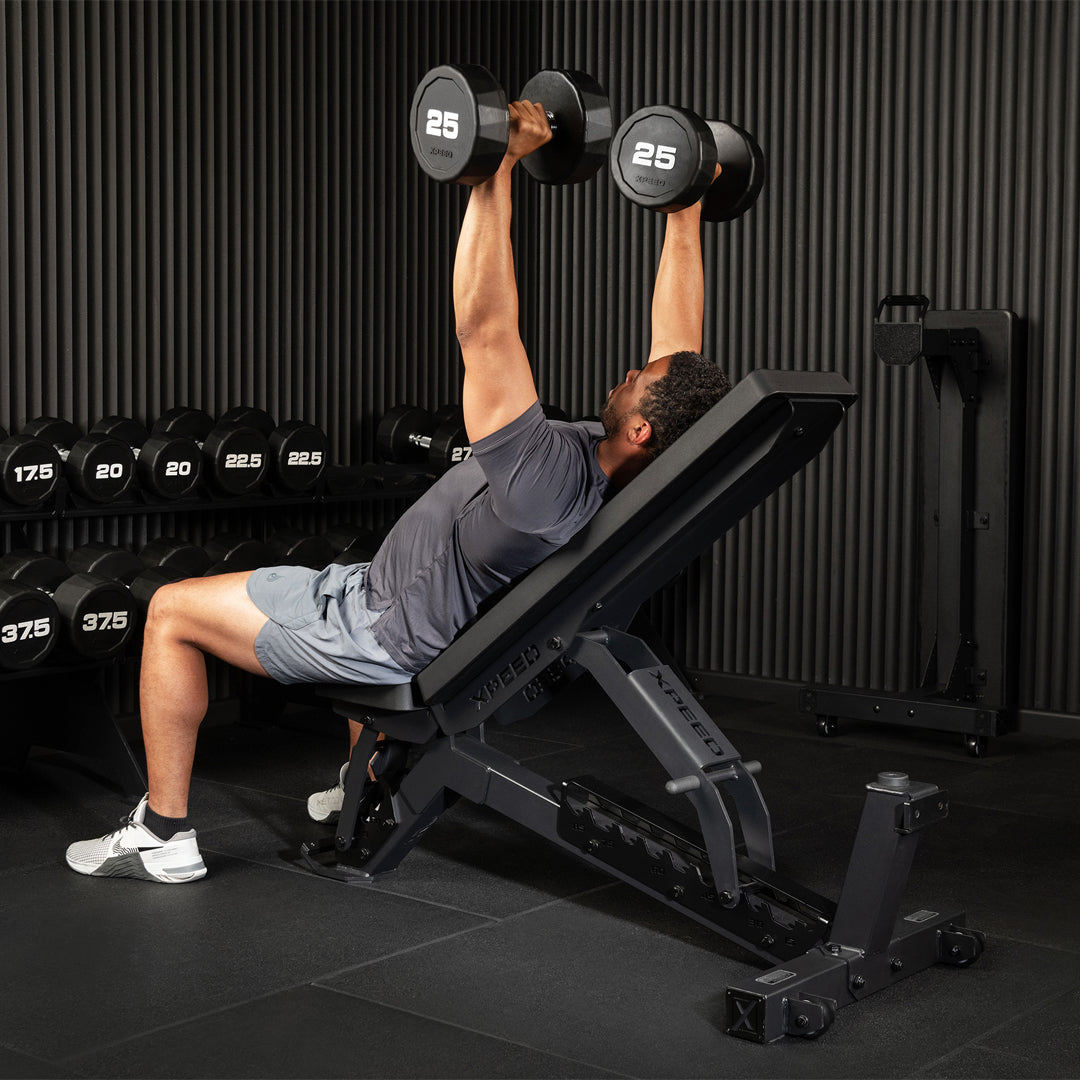Thrive in 2025
5 Ways to help You Balance Work, Fitness and Life?
It's no secret that in today's fast-paced world, finding the right balance between work, fitness and your personal life can be a daunting challenge. We'll find ourselves juggling endless tasks, deadlines and responsibilities, leaving little time for self-care. However, it's crucial to strike a balance that nurtures both our professional and personal well-being. So how can you harmonise your work, fitness and life? Below we explore 5 options to help get you on your way!
1. Prioritise and Schedule
It's hard to pick which is more unsexy, creating a schedule or goals? But we know that we had to pick one so lets get scheduly. The first step in achieving balance is to identify your priorities. What are the most important aspects of your life? Work, family, fitness and personal time are likely top of your list. Once you've established your priorities, create a weekly or monthly schedule that allocates dedicated time for each of them. Be realistic about the time you can commit and ensure that your schedule reflects your values and goals. It's really important to make things sustainable and achievable.
By setting clear boundaries and sticking to your schedule, you'll not only create structure in your life but also reduce the stress of constantly shifting priorities. Remember, effective time management is key to achieving balance.

2. Set Realistic Goals
Balancing work and fitness requires setting realistic goals that align with your available time and energy. While it's admirable to aim high, it's equally important to be honest with yourself about what you can realistically achieve. Unrealistic expectations can lead to burnout and frustration. Surprisingly enough, the all or nothing approach generally ends in... well... nothing. Again, one of the key takeaways from this blog is to make things sustainable and achievable.
Break your fitness and work goals into smaller, achievable milestones. Celebrate your successes along the way, no matter how small they may seem. This approach ensures that you make steady progress in both areas without feeling overwhelmed. It's also crucial to understand the difference between outcome goals and behavioural goals as this will help you understand what needs to really happen for success.
Outcome goals are the end point you want to achieve, for example - By the end of (insert month) I want to lose 5 kgs. Outcome goals are important but they are also vague. If you don't knuckle down to achieve your outcome goal, losing 5kg, you will need to create the behavioural goals that will get you there.
Typical Behavioural goals that relate to losing 5kgs would look like this;
- I will commit to reducing my alcohol intake over the next 5 weeks, to 3 drinks per week.
- I will commit to being in bed by 10pm for 5 nights of the week.
- I will commit to 3 training sessions per week
- I will commit to walking first thing in the morning, 3 days a week.
As you can see, behavioural goals are the building blocks for the success of your outcome goals. So don't forget to be specific in order to be successful.
Beat The Barriers
3. Incorporate Short Workouts
Time constraints are one of the most common barriers to regular exercise. However, did you know that shorter workouts can be just as effective as longer ones when done strategically? High-Intensity Interval Training (HIIT) is a fantastic option for those with busy schedules. These workouts involve short bursts of intense activity followed by brief rest periods. In just 20-30 minutes, you can achieve a full-body workout that burns calories and improves fitness.
By incorporating short, intense workouts into your routine, you can maintain your physical health and still have time for other commitments. Don't know where to start? Here's 3 Workouts to help get you started.
4. Utilise Breaks Wisely
Work breaks are an excellent opportunity to squeeze in some fitness and relaxation. Instead of scrolling through your social media feed or checking emails during breaks, use that time to recharge both mentally and physically.
Consider a brisk 20 minute walk if it is safe to do so in the area/ suburb around your workplace. These activities not only keep your body active but also boost mental clarity and productivity, making you more effective at work.
Just to reiterate on walking - It has to be one of the most underrated forms of exercise. It's a sustainable, low-impact way of exercising that offers a multitude of physical and mental benefits, making it a highly underrated yet valuable form of exercise.

5. Delegate and Seek Support
You don't have to do it all alone. In both your professional and personal life, learn to delegate tasks and seek support when needed. At work, don't hesitate to share responsibilities or ask for help when you're feeling overwhelmed. In your personal life, involve family members, friends, or a support network to share the load.
Delegation and support can alleviate some of the pressure, creating more time for workouts, relaxation, and quality time with loved ones.
Conclusion:
Balancing work, fitness, and life is an ongoing journey that requires flexibility, patience and self-care. It's about finding a rhythm that allows you to excel in your career, stay committed to your fitness goals and nurture your personal well-being. By prioritising, setting realistic goals, incorporating short workouts, using breaks wisely and seeking support, you can strike a harmonious balance that enhances your overall quality of life. Remember, balance is achievable, and it's essential for your long-term health and happiness. Start today, and you'll be on the path to a more balanced and fulfilling life.
Team Xpeed.

Author
Simon Mitchell
Written by Xpeed Brand Manager, Simon Mitchell. Simon has a Bachelor of Human Movement, is a certified FMS trainer and has worked in the fitness industry since 2003. Simon started his fitness journey as a trainer with iNform Health and Fitness before moving into commercial radio and then back into fitness with Bodyism in the United Kingdom and Australia. A career highlight was being one of Daisy Ridley's personal trainers on Star Wars IX - The Rise Of Skywalker.
Education
See more workout suggestions and articles from the Xpeed team
Performance Gear To Help You Thrive In 2025










































